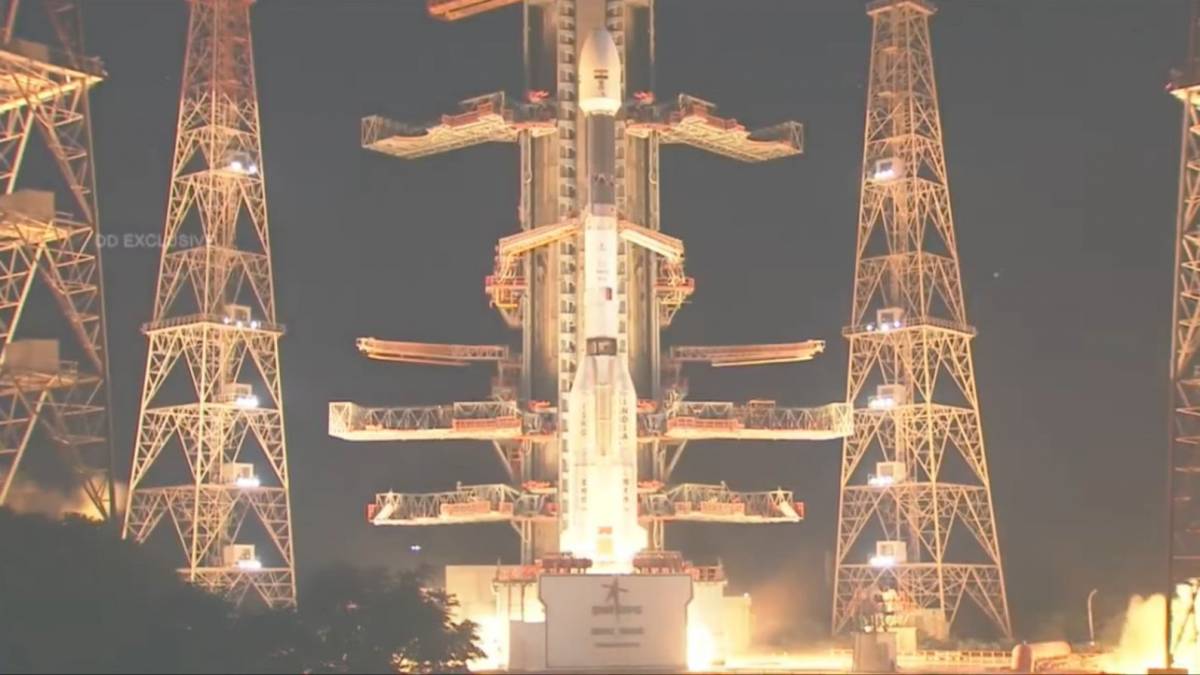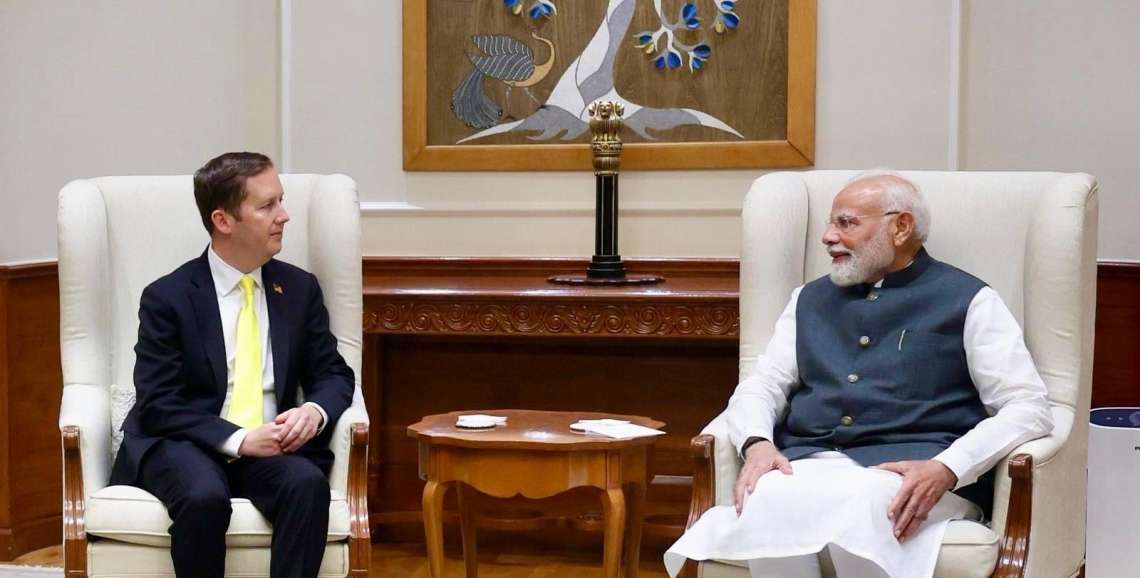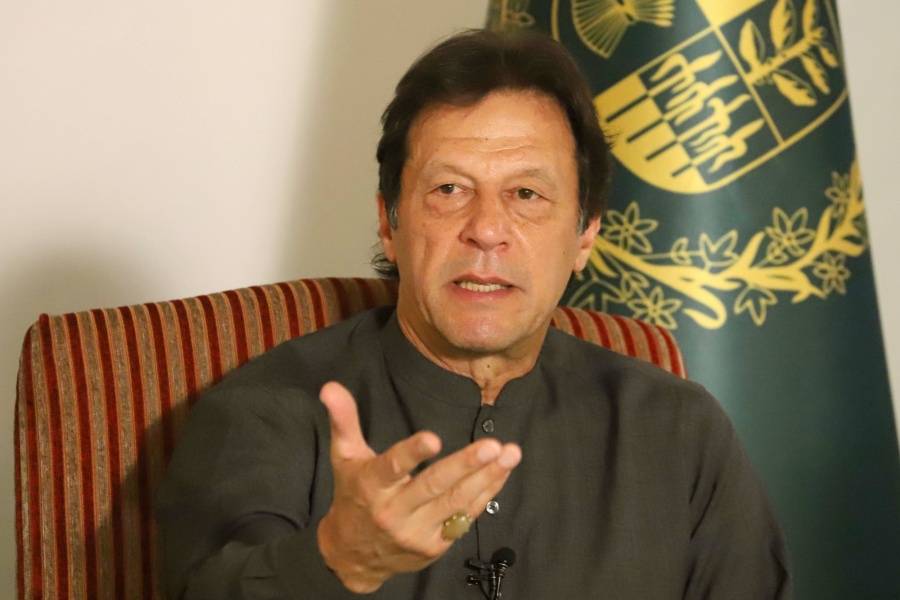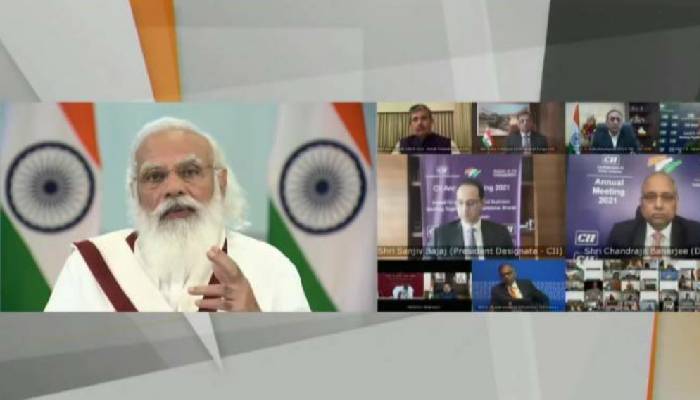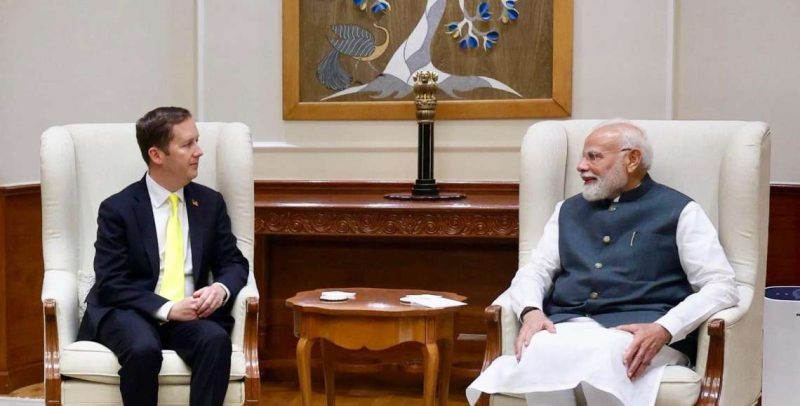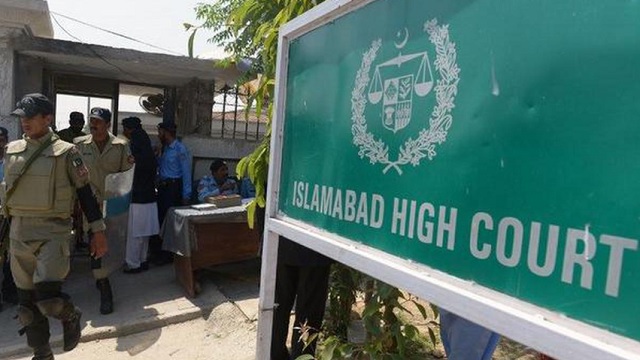Along with the rocket, the 2,268 kg GISAT-1/EOS-03 communication satellite carried by the rocket was also lost, reports Venkatachari Jagannathan
Indian space programme suffered a serious setback on Thursday as its GSLV-F10 rocket failed midway in its mission of putting into orbit the Geo-Imaging Satellite-1 (GISAT-1).
Along with the rocket, the 2,268 kg GISAT-1/EOS-03 communication satellite carried by the rocket was also lost.
Announcing the mission failure, K. Sivan, Chairman, ISRO said: “The mission cannot be fully accomplished because of a technical anomaly observed in the cryogenic stage.”
The 57.10 metre tall, 416 tonne Geosynchronous Satellite Launch Vehicle (GSLV-F10) lifted off from the second launch pad at 5.43 a.m.
With a strong deep growl rose into the sky breaking free from the second launch pad here at the Satish Dhawan Space Centre.
The GSLV-F10 is a three stage/engine rocket. The core of the first stage is fired with solid fuel and the four strap-on motors by liquid fuel. The second is the liquid fuel and the third is the cryogenic engine.
The rocket laden with GISAT-1 furiously rushed towards the skies with thick orange flame at its rear.
Everything went off well as planned till the cryogenic engine got fired at about five minutes into the rocket’s flight.

At about six minutes into the rocket’s flight and soon after the cryogenic engine started operation, the mission control centre at the space port here tensed up as there was no data coming from the rocket.
One of the ISRO officials announced that there was a performance anomaly in the cryogenic engine.
Then the officials realised the mission had failed and Sivan made the announcement.
For ISRO, this is the second space mission in 2021 after the successful launch of Brazilian satellite Amazonia-1 by its rocket Polar Satellite Launch Vehicle (PSLV) earlier this year.
Several hundred crores loss, says ISRO
Announcing the mission failure, K. Sivan, Chairman, ISRO said: “The mission cannot be fully accomplished because of a technical anomaly observed in the cryogenic stage.”
Later ISRO in a statement said: “GSLV-F10 launch took place on August 12, 2021 at 0543 Hrs IST as scheduled. Performance of first and second stages was normal. However, Cryogenic Upper Stage ignition did not happen due to technical anomaly. The mission couldn’t be accomplished as intended.”
The reason(s) for non-firing of the cryogenic engine will have to be probed by ISRO, whether a faulty component was the reason.
Earlier in a GSLV rocket that went up, a component with higher dimension than what was designed was fixed and the rocket failed.
Ironically the failure comes on the birth anniversary of Vikram Sarabhai, the father of Indian space sector.
For ISRO, this is the second space mission in 2021 after the successful launch of Brazilian satellite Amazonia-1 by its rocket Polar Satellite Launch Vehicle (PSLV) earlier this year.
India presently has three fully operational rockets — the Polar Satellite Launch Vehicle (PSLV) and two GSLV variants – GSLV-Mk II with a carrying capacity of 2.5 tonnes and GSLV-MkIII with a payload capacity of four ton.
The country uses PSLV rocket for its commercial launches – launching satellites for a fee. The PSLV rocket has a lower pay load capacity than GSLV.
GSLV continues to be ISRO’s naughty boy
India’s rocket Geosynchronous Satellite Launch Vehicle (GSLV) continues to be a naughty boy, it seems.
The rocket earned the nickname after some failed missions earlier. Later it started performing well.
However, that seemed to have changed on Thursday morning when the GSLV-F10 was on its way to put into orbit the Geo-Imaging Satellite-1 (GISAT-1) renamed as Earth Observation Satellite-03 (EOS-03).
Including Thursday’s rocket a total of 18 GSLV’s (Mk I, II and III) have been flown of which twelve were successful, six failures (four a total failure and two partial).
The 12 successful launches were in 2003, 2004, 2007, 2014, 2015, 2017, 2018A and 2019, Awhen the rocket launched GSAT-2, Edusat/GSAT-3 an educational satellite, INSAT-4CR, GSAT-14, GSAT-6, GSAT-9, GSAT-6A, GSAT-7A, GSAT-19, GSAT-29, Chandrayaan-2 and one experimental flight (GSLV-MkIII) in 2014.
The ISRO officials had dubbed GSLV in general as naughty boy owing to its unpredictable performance.
It took quite some time for ISRO to stabilise its ‘naughty boy’ GSLV-Mk II rocket with a carrying capacity of 2.5 ton.
The GSLV’s rocket’s maiden flight in 2001 (Mark I) was a partial failure as it was not able to sling GSAT-1 into the intended orbit. The satellite could not be raised to the intended orbit later.
The 2006 was sort of an historic flight for a dubious reason. For the first time ISRO destroyed the rocket mid-air soon after the lift off as it started backing up.
However, the 2007 flight gave anxious moments to ISRO officials. Fifteen seconds before the lift-off, the rocket’s computers put GSLV on hold, detecting anomalies in the cryogenic fuel stage.
The launch was postponed by two hours to set right the problem even as ISRO officials were considering rescheduling the launch by another two days.
However, the detection of one of the vent valves in the cryogenic engine that had not shut properly led to its immediate rectification.
That apart, ISRO scientists were on tenterhooks till the last moment as for a few seconds during the final cryogenic stage signals from the rocket failed to reach the ground stations.
After a three year gap ISRO flew a GSLV in April 2010 with its own cryogenic engine. The mission failed due to the problem in the cryogenic engine’s fuel booster turbo pump.
Another GSLV went down in December 2010 after it veered off its designated path and exploded mid-air. For the second time a GSLV rocket was destroyed mid-air for safety purpose.
The GSLV-D5 that successfully launched GSAT-14 in January 2014 also gave tension to ISRO officials.
Originally it was scheduled for launch on August 19, 2013. Just hours before the blast off the fuel started leaking from its second stage or engine.
According to an ISRO official, the second stage was replaced with a new one built with a different metal. He then said some critical components in the four strap-on motors of the first stage were also replaced as a matter of precaution.
ALSO READ-ISRO Launches 100th Satellite, 42nd PSLV
READ MORE-PSLV C-40: Countdown Starts on Thursday


